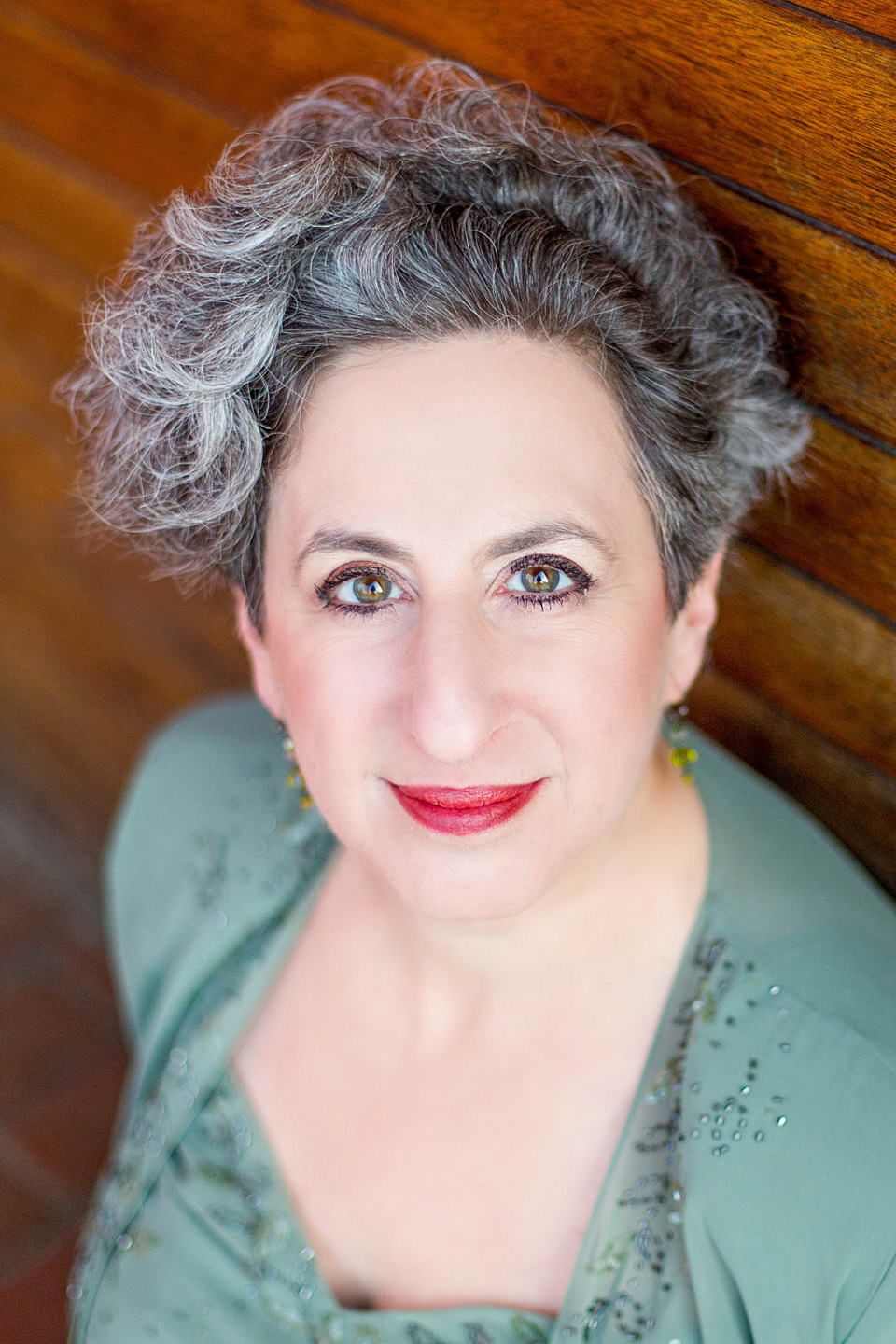Pamela Dellal, mezzo soprano
uncommon intelligence, imagination and textual
awareness... |
 |
|---|
- Home
- Resume
- Concerts
- Reviews
- Discography
- Audio Links
- Repertoire
- Teaching
- Photos
- Endicott Players
- Favella Lyrica
- Translations, Essays, and Original Works
Program notes – Glimpses of Heaven
performed November 2012
Robert Schumann’s late vocal works are not as familiar or as highly regarded as his earlier masterpieces, but there are many gems among them. One is the set of songs on poetry by Elisabeth Kulmann (1808-1825), a Russian-born child prodigy who died at 17 leaving an oeuvre of thousands of poems behind. Kulmann wrote about nature, her family tragedy (her father and six brothers all died before her) and her premonitions of her own death and visions of the afterlife. These themes echo favorite subjects of our other poet on this evening’s program, Emily Dickinson.
Schumann was deeply moved by these works, annotating his settings with admiring descriptions and explanations. Musically, they occupy a space between his brilliant works for children (Album für die Jugend, op. 68, Liederalbum für die Jugend, op. 79) and the brooding, dark-hued Mary Stuart Lieder, op. 135, his last song cycle. He organizes the opus tightly through key relationships, using only g minor and B flat major until the final resolution in E flat major. Motivic gestures recur in song after song. Nevertheless, Schumann creates great contrast within the set by alternating light-hearted, playful songs (#2, #4), introspective, melancholy meditations (#1, #3, #6), and more passionate, full-throated outcries (#5, #7).
Here is Schumann’s own dedication to the cycle:
These unpretentious songs are dedicated to the memory of a girl who departed from us long ago, and whose name is known to very few. And yet she was one of those wondrously gifted beings who appear only very rarely on earth. The most sublime teachings of wisdom, expressed here with the utmost poetic perfection, come from the lips of a child; and it is in her very poetry that we read how her life, spent in quiet obscurity and the greatest poverty, became richly happy. These few small songs, chosen from several thousands, of which only a few lend themselves to composition, cannot give even an approximate notion of her character. Though her whole life was one of poetry, only a few moments from this rich existence can be selected.
If these songs could help introduce the poet to many circles where she is still unknown, their purpose will have been fulfilled. Sooner or later she will certainly be greeted in Germany too, as she was thirty years ago by some in the north, as the bright star which will gradually shine forth across every country.
She died, writing poetry to the very end, on 19 November 1825, in her seventeenth year. Among her late verse is the remarkable 'A Vision after my Death', in which she describes her own death. It is, perhaps, one of the most sublime masterpieces in all poetry. Thus she departed, as airy as an angel passing from one shore to another, but leaving behind her the luminous trail of a heavenly vision, gleaming afar.
– Robert Schumann (Düsseldorf, 7 June 1851)
Aaron Copland is not primarily regarded as a song composer. But he found inspiration in the poems of Emily Dickinson (1830-1886), a reclusive artist whose vision encompassed the grand themes of nature, life, death, and eternity; she is universally regarded as one of America’s greatest poets. Like Kulmann, she often made reference to heaven and the bond with family members already dead; Copland was particularly drawn to these notable poems and six of the twelve songs are centered on this theme. Dickinson’s language, mixing prosaic diction and visionary imagery, is an excellent foil for Copland’s characteristic bright, open sonorities. Copland drew his texts from editions that pre-dated current scholarship; accordingly, Dickinson’s true revolutionary verse forms and typographic idiosyncrasies are not represented in his settings.
The set is arranged loosely in two halves, with songs in each half corresponding. Most striking is the parallel between #7, “Sleep is supposed to be” and #12, “The Chariot,” which are built on the same motivic material. Because of this and the grand climax at the end of “Sleep,” the set divides after #7. The final five songs pick up themes of the earlier half: #8 corresponds to the gentle pastoral feeling of the opening song, while the pithy intensity of #9 and #10 are similar to the back-to-back slow songs #4 and #5. The brilliant, breezy setting of Dickinson’s intimate relationship with nature – #6, “Dear March, come in!” – is balanced by the giddy, witty and ultimately profound #11, “Going to Heaven!”
© Pamela Dellal